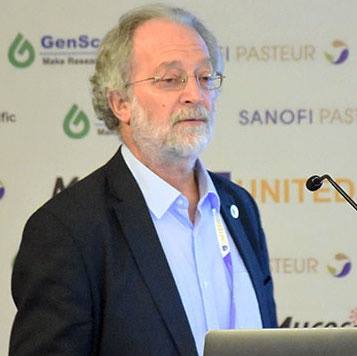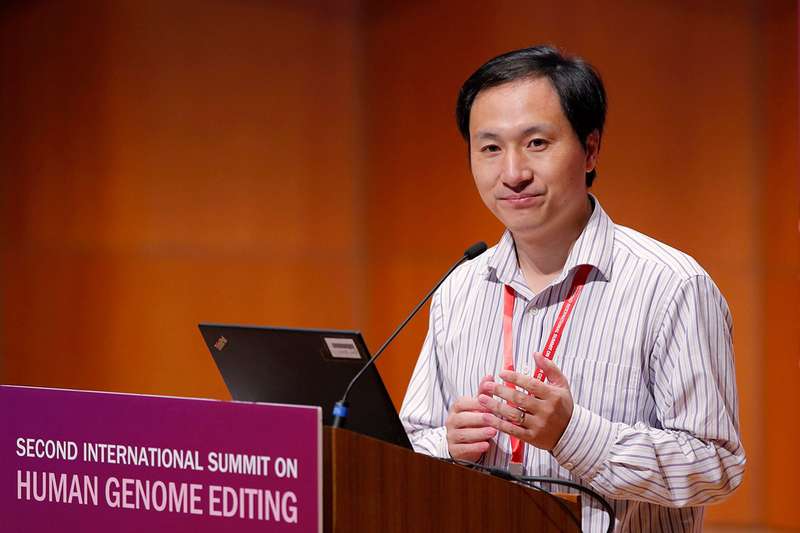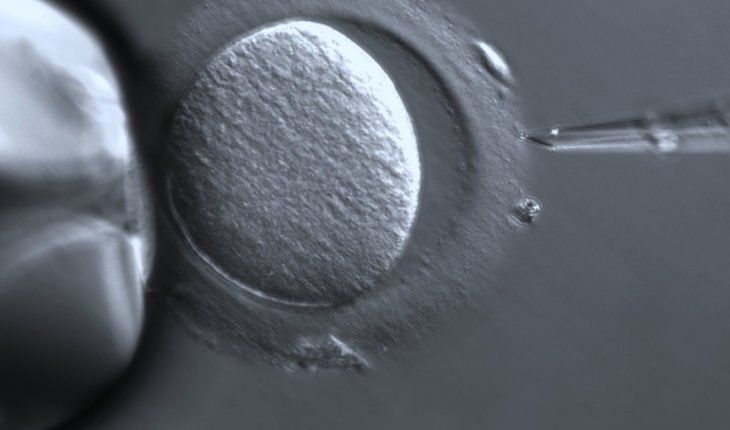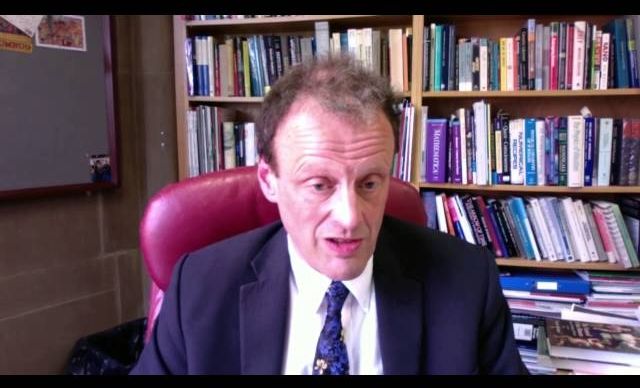“Graham is another speaker who has been a key member of the “SENS family” since its earliest days. He is one of the few eminent biogerontologists who can proudly claim to have spoken out regularly in favour of intervention in aging during the dark days when such talk was widely viewed by colleagues as misguided or even irresponsible. He continues to be a world leader in the study of immunosenescence, elucidating key aspects of why older people are so bad at fighting off infections, and I’m really looking forward to hearing his latest findings.” says Aubrey de Grey.
https://www.undoing-aging.org/news/dr-graham-pawelec-to-spea…aging-2019









